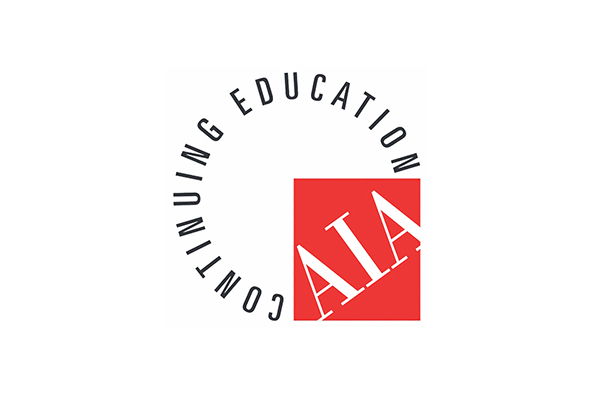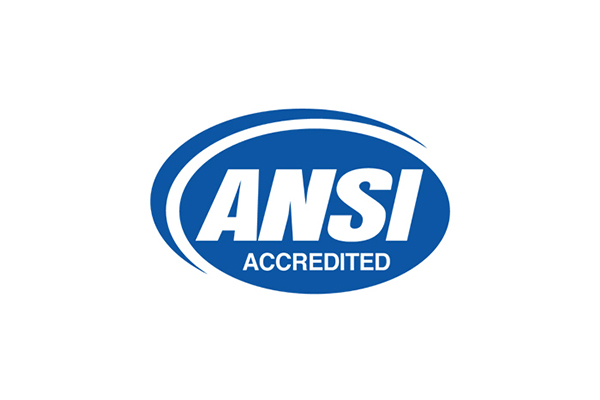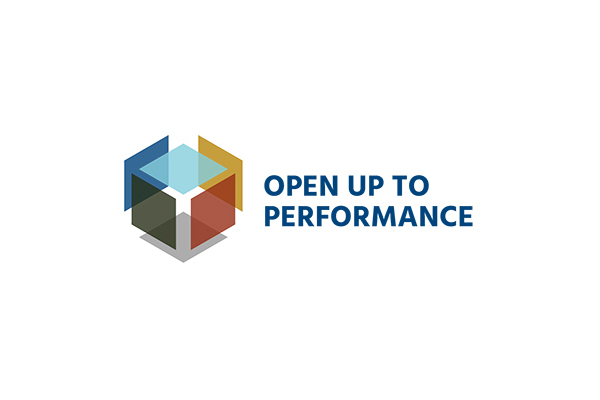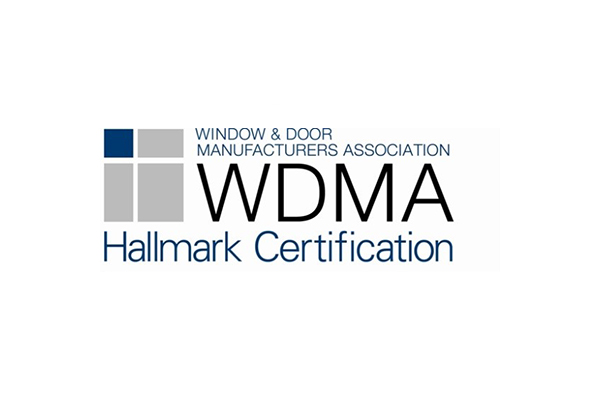The Trump Administration has announced a comprehensive trade policy overhaul, introducing a 10 percent baseline tariff on all imported goods, effective April 5, 2025, and additional "reciprocal" tariffs targeting specific countries based on their trade practices, effective April 9, 2025. These measures aim to address persistent trade deficits and promote domestic manufacturing.
John Crosby, WDMA President and CEO, expressed the industry's concerns:
“The window, door, and skylight manufacturing industry believes that balancing the near-term needs of Americans with the long-term structural challenges of our trade and economic policies makes for good governance. Upon his inauguration, President Trump expressed a commitment to advancing U.S. manufacturing and reclaiming America’s preeminent role in global trade. Yet the push to reduce inflation and make home ownership more affordable appears to be stalled.
To be clear, the tariffs set to be implemented on April 5 will inevitably drive up prices for the purchase of windows, doors, and skylights. Without some assurance that this new tariff regime will be very short-lived, this is an unavoidable fact for our industry. Component and raw material costs have already begun to climb in the buildup to the President’s announcement on April 2. This, in turn, has increased uncertainty and hesitation for WDMA members as they consider new investments in manufacturing technology and facilities, hiring new employees, and make plans for new product innovations and launches.”
These actions restrict investment, and stifle growth, while deepening the housing affordability crisis.”
WDMA stands ready to be a productive partner in addressing these problems and expanding manufacturing in the United States in a pro-growth economy. This is a goal we share with the Trump Administration. The lack of balance in our nation’s approach to growth—to facilitate short-term stability and growth while addressing structural economic problems—is concerning and will affect our members’ ability to aim for the very growth the President seeks through recovery in American manufacturing.”





